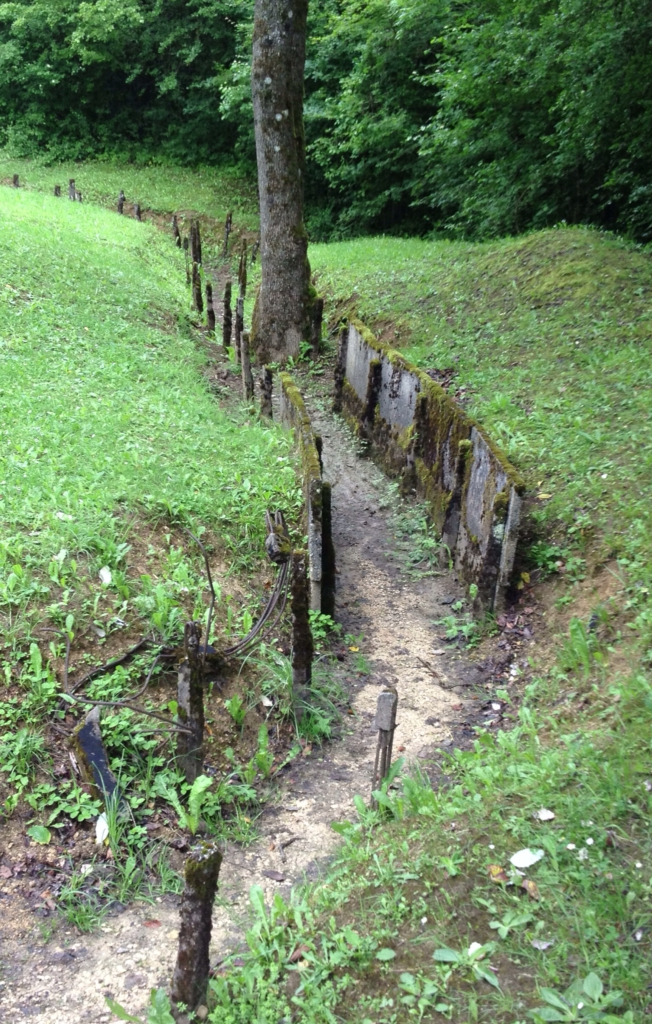

In a much smaller battle, the Germans – Prussians at the time – had broken through the French line of defense and begun making their way towards Paris, but were eventually stopped in Valmy. They would attack Verdun and, in the words of General Erich von Falkenhayn, chief of the German General Staff, “bleed the French Army dry.” Why Verdun? It was a symbolic location, as both sides had already fought there in 1792, during the French Revolution. The Germans were planning a major offensive that they believed would be unstoppable. Germany was looking to boost morale among its troops after two years of fighting and losses at the Marne River and the Argonne Forest. Even 105 years later, visitors to Verdun can still feel the horror.īy early 1916, the front line of this industrial war had stabilized. The battle left 400,000 wounded and 300,000 dead – one death every 90 seconds – and in the end, the front line remained virtually unchanged. Beneath that shower of shells, 2.3 million soldiers fought in the hills of the Meuse département in Northeastern France. The numbers are staggering and almost incomprehensible: sixty million shells fired over a period of 300 days and nights. I’m like petrified.February 21, 1916, marked the beginning of one of the most devastating battles of all time, a paroxysm of suffering, madness, and courage. In 1917, shortly before detonating a mine, the Italian soldier Luigi Panicalli wrote, “I realize that in just some moments, the results of all these months, in which we worked and suffered, will become visible. From 1915 to 1917, when the war in the Dolomites ended, more than thirty-four such operation were attempted, twenty by the Italian army and fourteen by the Austrian army. Austrian and Italian forces also detonated mines to purposely release rock avalanches, killing hundreds of enemy soldiers. Tunnel warfare involves the construction of long tunnels under the enemy's lines, large quantities of explosives are then detonated to form a breach in the enemy's front line. The military tried to solve this problem with tactics first successfully adopted in the plains of France. Regular forces dig in and reinforced their positions. Italy and the Austria-Hungarian empire were deadlocked among the Dolomites, neither side able to dislodge their enemy. It was almost impossible to attack the enemy, taking shelter on the mountains.

There was no experience with combat in such the alpine environment.

WWI trench in the alpine environment of the Dolomites. The two researchers, noting that since WWI the use of bombs and explosives by humans is a significant factor in shaping Earth's surface, named the erosion effect by human warfare " Bombturbation." Many bomb craters filled also with water, forming shallow ponds. The earthworms and the decaying plants release organic acids, accelerating the chemical weathering of the limestone.

The two researchers observed also an increased earthworm activity inside the craters. With time, the craters filled with new fine-grained clay and litter from the slowly returning vegetation. The explosion fractured the shallow bedrock and redeposited soil and rock fragments on the outer rim of the crater, forming lenses of gravel-ejecta. However, large mines excavated craters 600 inches in diameter with a depth exceeding 400 inches. When an average WWI grenade exploded, it excavated a crater 40-80 inches deep. Schaetzl visited the former battlefields in France to investigate how the great war modified the landscape. The effects are still visible today, almost 100 years after the war ended. The explosions destroyed the local vegetation, reshaped and lowered the landscape, remixed the soil-layers and fractured the underlying bedrock. Estimated 60 million rounds were fired on the battlefield, as the Austria-Hungarian troops tried to overrun the French defense positions. In Verdun alone more than 600,000 soldiers were killed in the summer of 1916.


 0 kommentar(er)
0 kommentar(er)
